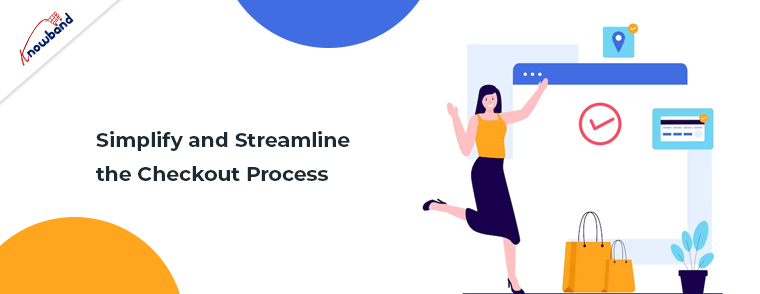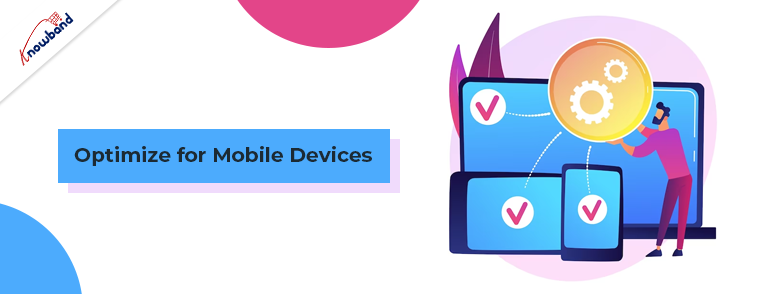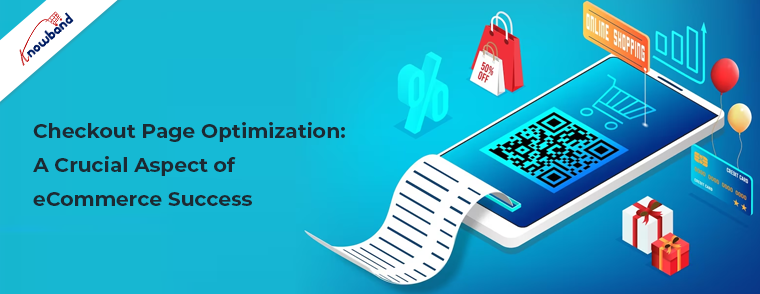In the fast-paced world of e-commerce, a well-optimized checkout page is a crucial element in driving conversions and ensuring a smooth buying experience for customers. The checkout process is the final hurdle that customers must overcome before completing a purchase, making it a critical area for businesses to focus on.
In this blog, we will delve into the importance of checkout page optimization and provide valuable insights on how to streamline your checkout process effectively.
1. Simplify and Streamline the Checkout Process:

Complex and lengthy checkout procedures can be a major deterrent for customers. To combat this, simplify your checkout page by minimizing the number of required form fields. Only ask for essential information, such as shipping address, payment details, and contact information. Consider implementing a guest checkout option to allow first-time customers to complete their purchases without the need to create an account. Remember, the goal is to make the checkout process as seamless and hassle-free as possible.
2. Optimize Page Speed for Enhanced User Experience:
Slow-loading checkout pages frustrate customers and increase the likelihood of cart abandonment. Optimize your checkout page by compressing images, minifying code, and leveraging caching techniques. Regularly test the performance of your checkout page to identify and rectify any speed-related issues. Remember, a fast and responsive checkout process significantly improves the user experience and increases the chances of completing a purchase.
3. Establish Trust with Security Measures:
Building trust is vital during the checkout process. Display trust signals prominently on your checkout page, such as security badges and SSL certificates. These elements reassure customers that their personal and financial information is secure. Additionally, showcase customer reviews and testimonials to instill confidence in your brand. Communicate your return policy, shipping details, and customer support contact information to address any concerns. Establishing trust is key to reducing cart abandonment and increasing conversions.
4. Provide a Range of Payment Options:
Offering a variety of payment options, including credit/debit cards, digital wallets, and bank transfers, caters to different customer preferences and boosts conversion rates. Integrate popular payment gateways and ensure a seamless payment experience. Make sure to prominently display accepted payment methods on your checkout page to build trust and facilitate a smooth buying process.
5. Optimize for Mobile Devices:

Mobile commerce is on the rise, with a significant portion of online purchases made through mobile devices. Ensure that your page is fully optimized for mobile devices, providing a seamless and user-friendly experience. Implement responsive design, large buttons, and easy-to-fill forms to simplify the checkout process on smaller screens. Thoroughly test your checkout page on various mobile devices and platforms to identify and rectify any mobile-specific issues.
6. Clear Call-to-Action (CTA):
A clear and visually appealing call-to-action (CTA) button is vital for guiding customers to complete their purchases. Use concise and action-oriented language on the CTA button, such as “Proceed to Checkout” or “Complete Purchase.” Place the CTA button above the fold, ensuring it stands out from other page elements. A clear and compelling CTA enhances the visibility and navigability of your checkout page, motivating customers to proceed with their purchase.
In Conclusion:
Optimizing your checkout page is an essential step towards improving conversions and creating a positive buying experience for your customers. By simplifying the checkout process, optimizing page speed, establishing trust, providing multiple payment options, optimizing for mobile devices, and using clear CTAs, you can enhance your checkout page’s performance. Remember, checkout optimization is an ongoing process that requires continuous monitoring and improvement. If you have any queries or need assistance, feel free to contact [email protected].





